Capture the world through a lens with The Art of Photography! This extraordinary masterpiece is a must-have for all photography enthusiasts. Packed with stunning visuals and expert tips, it will take your photography skills to new heights.
Whether you’re a seasoned pro or just starting out, The Art of Photography is the ultimate guide to unlocking your creative potential. From composition techniques to mastering lighting, this book covers it all. Discover the secrets behind breathtaking landscapes, captivating portraits, and mesmerizing street photography.
What sets The Art of Photography apart is its ability to inspire and ignite your passion for the craft. With its vibrant images and engaging storytelling, it transports you into the minds of renowned photographers, revealing their thought processes and artistic choices. You’ll gain invaluable insights that will transform your own work.
This book is not just a practical guide; it’s a work of art in itself. Its elegant design and high-quality printing make it a visual feast. Each page is a testament to the beauty and power of photography. It’s a gift that will be cherished by any photographer, whether they’re a hobbyist or a professional.
So, why settle for ordinary gifts when you can give the gift of inspiration? The Art of Photography is the perfect choice for birthdays, holidays, or any occasion. It’s a treasure trove of knowledge and creativity that will leave any photographer in awe. Unleash their artistic potential and watch them capture the world in a whole new light.

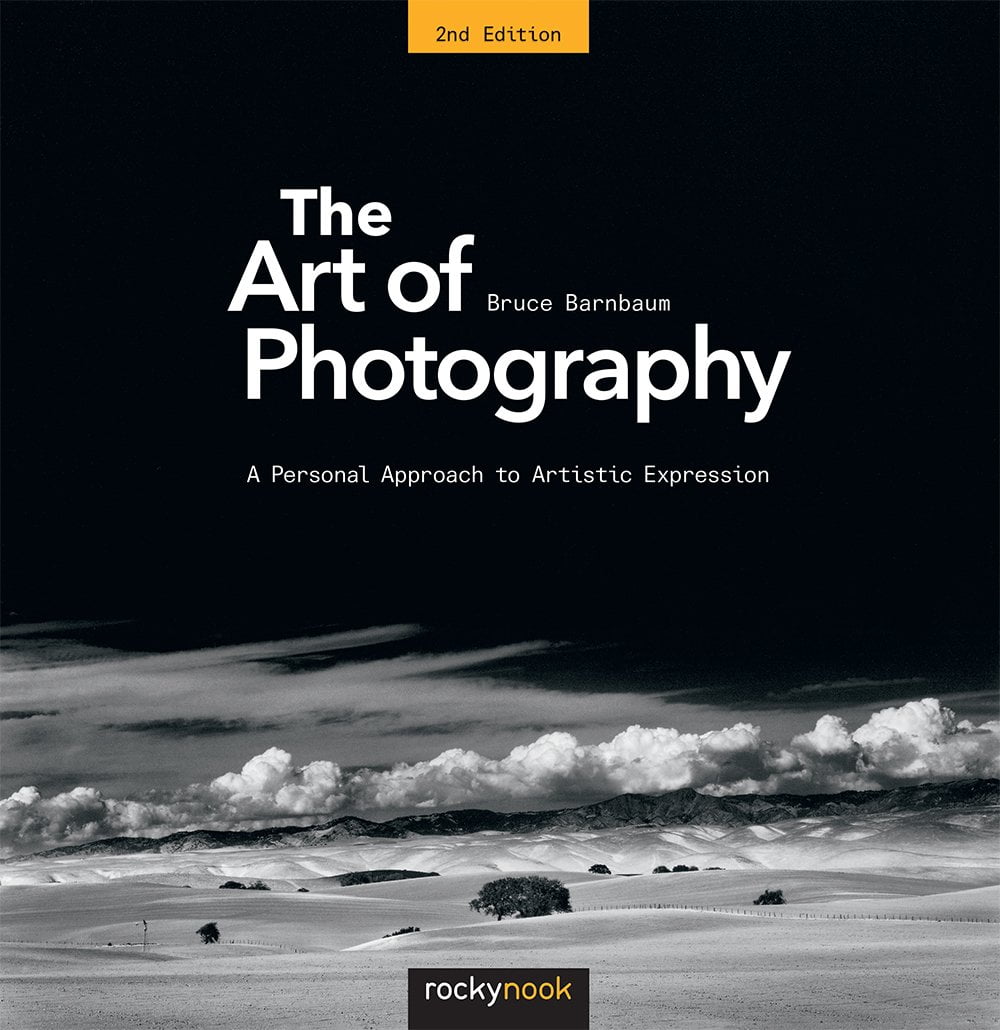
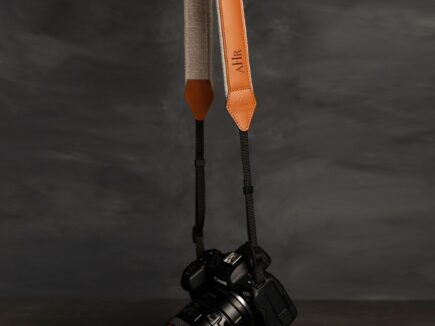
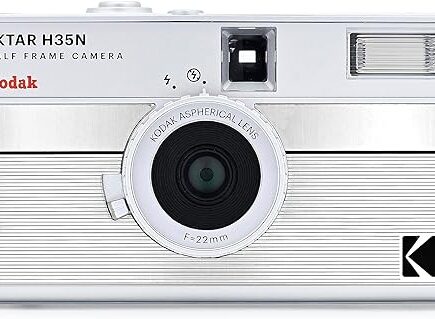
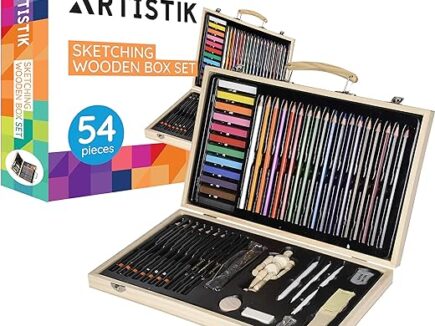
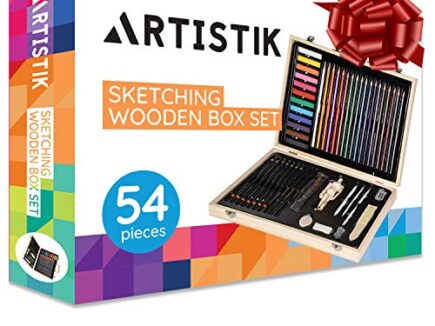
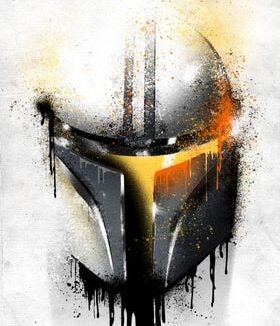
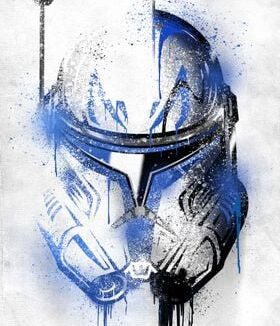
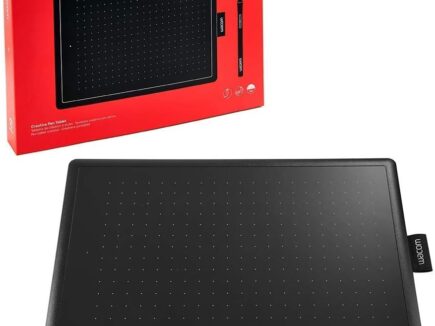
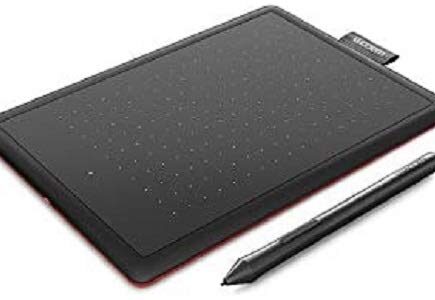
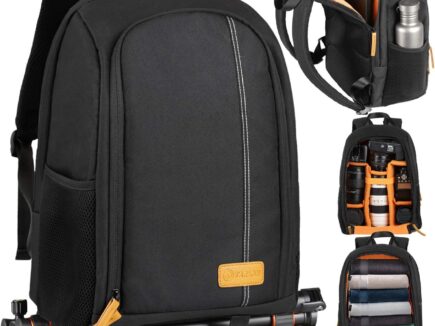
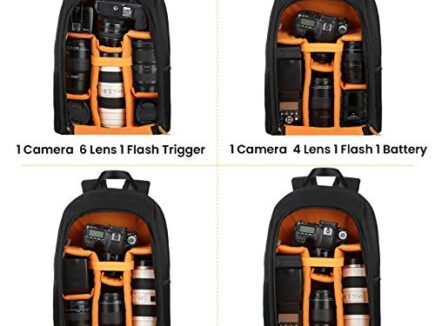
Mighty Malc –
Bought this on recommendation of a certain famous photography blogger with the claim that it was the best book about photography ever written. Well it is big and heavy (pictured with a pair go glasses for size) so won’t be going on holiday with me as planned. It covers a lot of material from composition through to printing. The main drawback is that in trying to cover so much material, a lot is in insufficient detail to be useful as either a how-to manual or a more philosophical work on photographic art. Useful, but anyone who can use the internet can probably find most information elsewhere. I do not see the point of the all to brief inclusion of material on digital in a book so clearly written towards the analog photographer. If you are doing digital, you can go elsewhere. Very good but certainly not up there with the Ansel Adams trilogy. Carson Graves probably does a better job for 35 mm analog how-to (exposure and printing in two separate books)
Martin C –
Used as a reference for photo inspiration and technique.
chris –
Well, this book is a aesthetic treatise on the subject…. Really well written and full of beautiful images.
Very very happy with it!!!!!!
JWP –
A nice book for beginners. Detailed description of elements of compositions are given. This is the only part, which is not really available in online. Other editing techniques and software related bugs can be found in present day Internet market. However, the art of photography, as it is named, is well documented in the book.
M. A. Camacho Quesada –
Bruce Barnbaum’s “The Art of Photography…” is one of the best books available on the subject of Black & White film photography. His discussion of the zone system and how to manage contrast in the negative by varying development times is easy to follow and he provides good examples. This is a book that most beginner film photographers will find instructive, and the experienced darkroom photographer will still find useful for reference. I think it is equal to John Blakemore’s out of print “Black and White Photography Workshop”, and it is much more readily available and reasonably priced than Blakemore’s book.
Miroslav Uzelac –
I love this book. Every page breathes a passion for photography. The technical knowledge demonstrated is immense and shows he has been there. But in addition to the pure technical expertise, the author shows a deep reflective approach to creating an image that communicates what the photographer really intended. For intance, he pointed out one of my common faults in always achieving high contrast in an image, which then negates the peaceful mood I really wanted.
I get the impression this book was originally written just for black and white photography, then later updated with sections on colour photography. It still feels like 95% of thje book is based on black and white. Until I read this book I considered colour as the only way to go because the real world is in colour. But it opened my eyes to why black and white is still important and motivated me to try converting my colour images properly to black and white. I think even a dedicated colour photographer can gain from this book because of the quality of the material presented.
The front cover image gives an idea of who will enjoy this book. If you enjoy the black and white image presented and wish you could create such a compelling image yourself, then you will enjoy the book. But if the image does not move you then you may not.
The book includes a section with very detailed coverage of dark room development for specific films to get the most from a negative. As a digital photographer, this was wasted on me. But the book is so large and has so much other useful content that a few pages to be skipped did not bother me.
I probably have 70 or 80 photography books. I would consider this right near the top in terms of the help it has given me, and with something that none of my other books have. Several books are a light read and I may not come back to them because the points made are ‘obvious’. This book requires more concentration and I will still get more from it when I re-read it. Excellent.
King Biff –
Excellent book.
Martin C –
I bought this book on a recommendation from Ken Rockwell, and I will be forever grateful that I did. This book is comprehensive, highly readable, and inclusive with something for everyone:
– from those of us still shooting B&W film to those who are fully digital
– from beginners to experienced photographers
– from those interested in landscapes to architectural, portrait etc.
The book covers the full photography “lifecycle” from visualising/shooting the photo to developing the negative/digital image to printing. It covers:
– visualising the end product
– composition
– lighting
– colour
– use of filters
– Ansel Adams’ Zone system for film and digital (in language that I could understand, for a change)
– negative development
– printing your works of art
– preserving them for posterity
– understanding/developing your own style
So far, this sounds a bit like dozens of other photography books out there. What makes this one different is:
– the vast coverage of topics and details
– his sharing of a large number of techniques which, if followed, will make you a better photographer/artist
– the excellent use of photos to demonstrate the principles Bruce writes about
– the ability to illustrate the integration of the photography process from the moment something catches your eye up to the moment you have the finished print
– its great readability. He is able to take otherwise complex ideas and turn them into perfectly understandable ones
This book does not talk about gear, so if you’re looking for information on cameras, lenses and other tools you won’t find it here.
I learned a lot from this book, even though I considered myself a reasonably experienced photographer. I’ve had so many “ooohhh, now I see” moments. I am happy to say that this is the best photography book I have ever owned. I am about to embark on my second reading, having just finished my first reading of it.
Miroslav Uzelac –
For education
Richard Lawrence Josephson –
Excellent livre, parfait pour approfondir la photographie
David Richardson –
Very interesting book, got me thinking when the author was discussing why you must photograph subjects you are passionate about.
No passion – poor photograph.
Karen Thurman –
Very nice book. I own the first edition in hardcopy, and decided to buy this edition for Kindle. I would not say this is a how-to book, a manual, or a textbook. It is more of an insight of the author’s evolution as an artist, and the way he executes his self expression through photography. He shows procedures and techniques by no means claiming they are the best or even good ones, but the ones which have worked for him. Some people may not like the style, as he mixes philosophy with photography. I read reviews which claim he is not straight forward, that he tends to deviate from the subject. However, I believe this is the right approach if you look at photography as a media of self expression rather than as a plain money making business. I really enjoyed and would recommend for what it is.